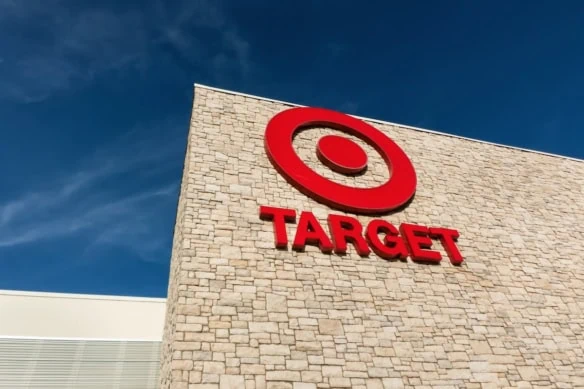I love Target. And based on this chain’s success, I’d say I’m far from the only person with that opinion.
Target spans nearly 2,000 stores across all 50 states and the District of Columbia. Nearly three-fourths of Americans live within 10 miles of a Target.
Target sells virtually everything—clothes, home decor, toys, electronics, groceries, pharmaceuticals, and more. Indeed, Target is No. 6 in the National Retail Federation’s Top 100 Retailers List, which ranks the largest companies based on the previous year’s worldwide retail sales. It sits behind only a handful of juggernauts, such as Walmart and Amazon.
But while you can buy virtually anything at Target, it doesn’t mean you should.
Today, I’m going to walk you through several products you shouldn’t buy at Target. Again, this is one of my favorite stores—but if you take a closer look, you’ll see there are several product categories where you can either save more or get better-quality items elsewhere.
Table of Contents
Don’t Buy These Target Products
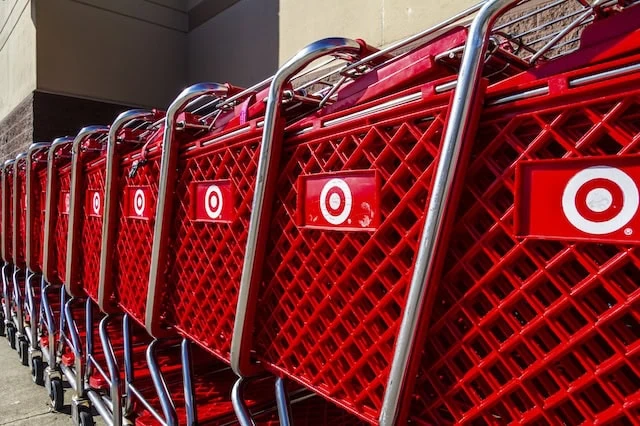
The primary reason to avoid buying some products at Target is price. While Target is a great place to score deals, it’s not always the cheapest option. That’s no surprise—partly by design—Target aims to provide a higher-quality shopping experience than other big-box stores (like Walmart).
Some Target products are overpriced. Others aren’t as high quality as consumers expect. If you always want the best deals, you simply can’t do 100% of your shopping at Target. You should buy the following products elsewhere.
1. Greeting Cards
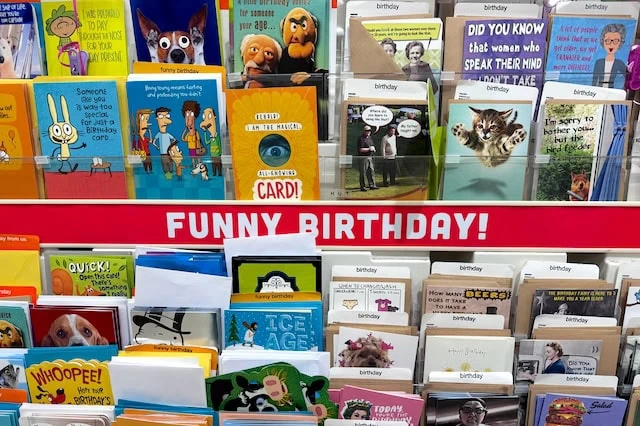
Target’s greeting cards are, in a word, overpriced.
Many people buy presents at Target, and while they do, they’ll grab the accompanying celebratory cards. But they’re paying for that convenience and would be better off purchasing more affordable greeting cards elsewhere.
Most birthday, anniversary, and other greeting cards at Target cost $4.99 and up. While cards sold at Target are often high-quality, that’s a mighty high price for a paper product that will likely be discarded quickly.
Comparatively, Walmart still offers some cards for as little as 98¢, while select Dollar Tree stores have cute cards priced at two for a dollar. Even grocery store greeting cards often beat out Target’s card prices.
So rather than wait until a birthday or significant event arises, stock up on celebratory cards elsewhere so you aren’t tempted to buy them last-second from Target.
Related: 10 Items You Should Always Buy Used
2. Disposable Party Supplies

Are you throwing a party? Consider buying your disposable party supplies (paper plates, plastic utensils, balloons, etc.) somewhere other than Target. Because you won’t be reusing these items, it typically makes sense to buy them at the cheapest price possible—and Target rarely has the best deals.
For example: Currently, a nearby Target sells a 20-count pack of 8.5-inch paper plates for $3.00. You can buy a higher number of larger plates for a lower cost at Dollar Tree—they currently sell a 24-count pack of 9-inch pink paper plates for only $1.25. Note: Prices will vary by location.
Could there be a quality difference in the plates? Possibly. But they’ll be quickly discarded after a single use, so durability is unlikely to be an issue. (An exception? If you’re having a barbecue or any other event where you expect people to pile on the food, plate durability might come into play.)
Related: The Pink Tax: Why It’s So Expensive to Be a Woman
3. Trail Mix
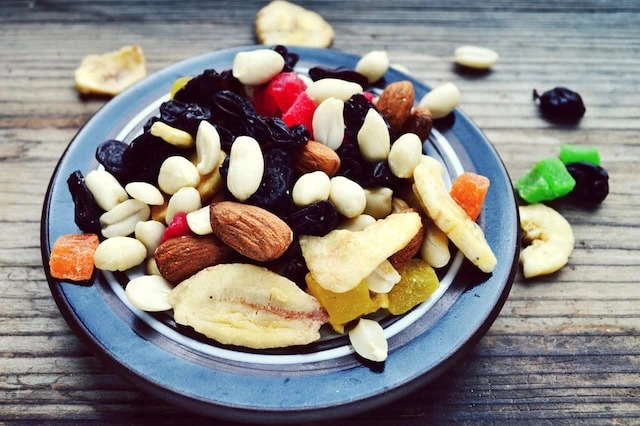
While you can buy Chex Mix and similar snack mixes at Target, if you want a true trail mix, you typically need to buy a mix from Favorite Day—a Target brand that debuted in 2021. That might not sound so bad, given that store-brand items are typically affordable choices, but Target’s Favorite Day trail mix is still a bit costly.
Confusingly, the number of ounces in bags and plastic containers varies by flavor. For instance, the Monster Trail Mix that comes in a 36-ounce plastic container costs $8.79 (~24¢ per ounce). Meanwhile, the Peanut Butter Monster Trail Mix costs the same amount, but you only get 34 ounces (~26¢ per ounce). The Tropical Trail Mix is the same price, too, but comes in at just 29 ounces (~30¢ per ounce).
Walmart’s Great Value Trail Mix also comes in different sizes depending on the ingredients, but similarly sized bags are usually cheaper. The 40-ounce bag of Great Value Mountain Trail Mix currently costs $8.96 (~22¢ per ounce) and the 26-ounce Indulgent Trail Mix costs $5.98 (~23¢ per ounce). Part of the reason Walmart may be able to offer lower prices in this department is that the larger portions still come in bags, whereas Target uses plastic containers.
By the way: The higher prices don’t necessarily reflect higher quality. While some flavors boast strong ratings, others are very low. For example, the average across Favorite Day Caramel Cashew Trail Mix’s 50 ratings is 1.5 out of 5 stars. (Interestingly, in the past few days, this mix has been hammered with reviews begging Target to revert to an older version.)
Related: Consumers Should Avoid These 10 Products at Walmart
4. Diapers
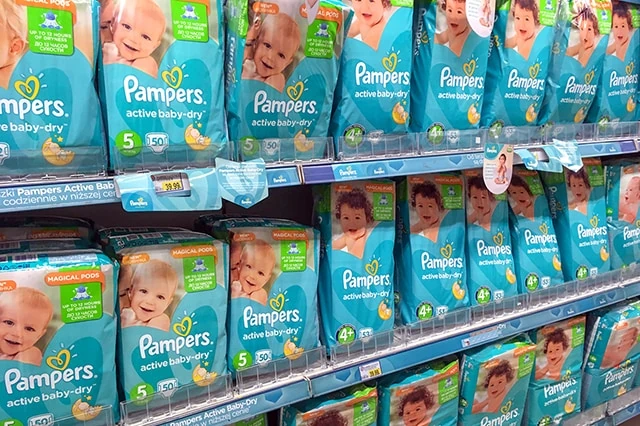
As anyone with a newborn quickly discovers, babies go through a lot of diapers. According to the American Academy of Pediatrics, an infant can use around 3,000 disposable diapers in the first year alone. For such high quantities, you want an item to be as affordable as possible. Plus, exhausted new parents need to save all the time and energy they can.
When faced with that volume of purchasing, Target simply isn’t the most affordable option. And in fact, it’s not even the most convenient.
Let’s say you’re a fan of Pampers diapers. A 140-count box of newborn Pampers Swaddlers costs $44.99 at the Target closest to me. That comes out to around 32¢ per diaper. You could grab a box each Target run, which is pretty easy for frequent shoppers, but you may unexpectedly run out and need to make a special trip.
You can do much better with Amazon’s diaper subscription service.
Target and Amazon don’t sell diapers in the same quantities, so I’m choosing a similar box count for this comparison. A 198-count box of the same newborn Pampers Swaddlers costs $55.94 on Amazon, which is about 28¢ per diaper.
But it gets better. If you sign up for Subscribe & Save, you automatically get an additional 5% off. And anyone who receives five or more products in a single auto-delivery to one address can unlock 15% savings. Parents can choose a frequency that makes sense for them, from every other week to every six months. In short: The subscription service saves you money and is more convenient than buying diapers every store visit.
I’m usually not a big fan of Amazon, but temporarily having an account while you have a newborn at home might be too good of a deal to pass up.
Related: 10 Fun Jobs That Pay Well
5. Some Up & Up Infant Formulas
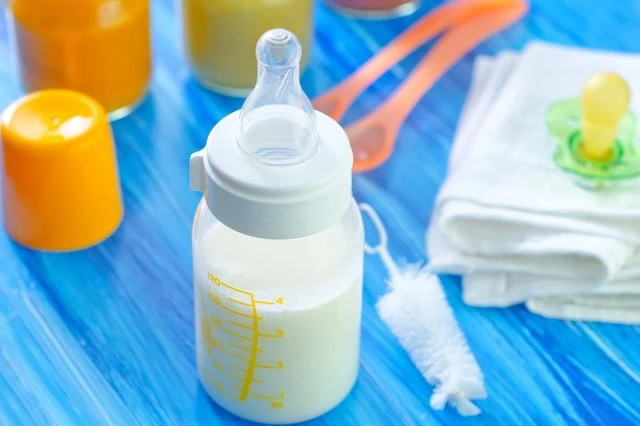
While many of the infant formula options at Target have high ratings, there are two with low ratings that you should avoid.
One is the Up & Up Advantage Premium Infant Formula With Iron Powder, which garners just 2.5 stars out of 5. Recent reviews state that the price is too high and the container is too small. Some claim that Target discontinued the formula then brought it back, but with a significant price increase for less product.
The other Target formula to avoid is the Up & Up Sensitivity Premium Infant Formula With Iron Powder. This one has a dismal 2.2-star rating. Many of the recent comments have the same complaint as the other formula—the price grew but the amount was reduced. Additionally, people dislike the texture.
Either choose other infant formulas at Target, or buy your formula from another store altogether.
Related: Stop Shrinkflation! 14 Products Affected + Tips to Save Money
6. Gift Cards
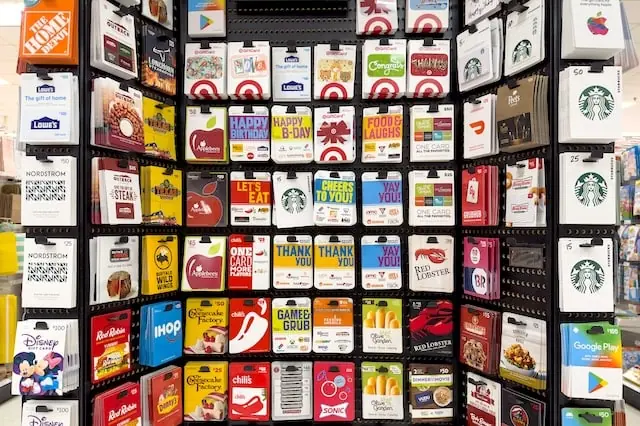
Gift cards have become a go-to gift for many—they’re useful, and they feel a bit more personal than cash.
Given that most retailers sell gift cards at face value, Target might seem as good a place as any to grab one for a loved one’s birthday or celebratory event.
Costco frequently sells gift cards at less than face value, which could save you a chunk of money. Just a small sample of the currently discounted on Costco’s website include:
— One $500 Southwest Airlines E-gift card for $449.99
— Four $25 Domino’s E-gift cards for $79.99
— One $100 Nutrisystem E-gift card for $79.99
— One $50 Cinemark E-gift card for $39.99
— Four $25 Chuck E. Cheese E-gift cards for $74.99
If you want to buy discounted gift cards and don’t have a membership or know anyone who will let you use theirs, you can still buy them online without a membership, but you’ll absorb a 5% surcharge. Even with the surcharge, though, the cards are still much lower than face value.
To be fair, Target occasionally offers specific gift cards during its annual Circle Week. For instance, in April 2024, the brand allowed customers to buy a $50 gift card to Panera Bread, Regal Cinemas, or AMC Theaters and also receive a free $10 Target gift card. But past that, there are not advantages to buying your gift cards at Target.
Another tip? For any non-urgent gift card needs, stock up during the holiday season. Call or check the websites of your favorite local stores around Black Friday; occasionally, they’ll offer special gift card deals.
Related: Should I Pay Off My Mortgage Before I Retire?
7. Bulk Items
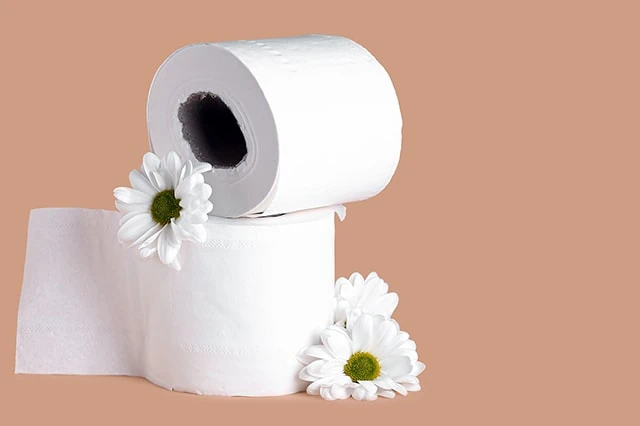
Another area where Costco outshines Target is bulk purchases.
To start, there are simply fewer items you can buy in bulk at Target. So if you have a large family and want to buy in large quantities, Target won’t be the most convenient option for you (unless you don’t have a Costco, Sam’s Club, or other warehouse club nearby). And the products available in bulk frequently change. For instance, my nearest Target recently reduced the quantities it offers for Charmin toilet paper; the one I used to buy is now only available in six-count packages. (If I switched to Charmin Ultra Gentle MEGA XL, I could get a 24-roll package, but that’s as large as it gets.) You can get larger quantities of generic brands, but they don’t hold up.
Meanwhile, 30-roll packs of Charmin are a Costco mainstay.
My nearest Target recently reduced what quantities it offers for Charmin toilet paper. The one I used to buy is now only available in 6-count packages! If I switch to Charmin Ultra Gentle MEGA XL, I could get a 24-roll package, but that’s as large as it gets. There are larger quantities for generic brands, but those don’t hold up. Meanwhile, Costco lets you buy 30-roll packs of Charmin.
Canned foods, which are an excellent item to buy in bulk, are only available as single cans at Target. Want several cans of black beans? You have to put them in your cart one at a time. Meanwhile, you can put a full eight-pack in your cart at Costco, and for cheaper.
When you really want to stock up on items, head to a warehouse club.
Related: 10 Best Dividend Stocks to Buy [Steady Eddies]
8. Dollar Spot Impulse Buys
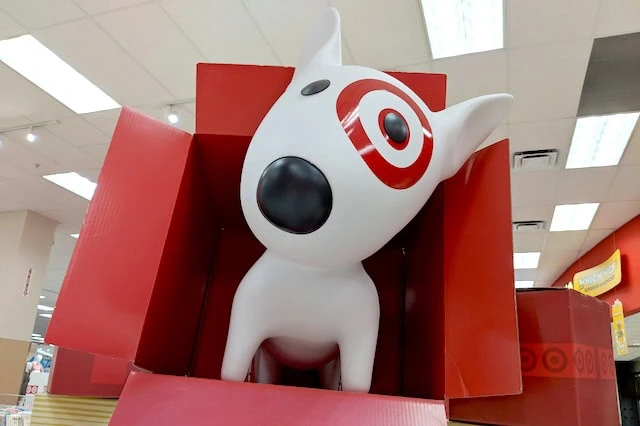
Whether your store calls it Dollar Spot, Bullseye, or Bullseye’s Playground, Targets have an area—usually near the entrance—with a mini-aisle or two carrying ever-changing items that only cost a few dollars. Given how affordable these items are, they’re extremely tempting to buy, whether you have any real use for them or not.
As a general rule, anyone trying to save more money should avoid impulse buys.
Consider this: According to a survey commissioned by Slickdeals, while unplanned purchases declined from 2022 to 2023, the average respondent still made six impulse buys per month for an average of $151. That means people spent more than $1,800 per year on spur-of-the-moment purchases.
Unless you have a specific need in mind—like goodie-bag items for a party—avoid Target’s Dollar Spot. It’s a budget-killer.
Related: States With the Highest Minimum Wages [How States Stack Up in 2024]
9. Name-Brand Garbage Bags

You can save money by not regularly buying your name-brand garbage bags from Target, too.
For instance, a box of 45-count 13-gallon Glad ForceFlex MaxStrength tall kitchen drawstring cherry blossom trash bags costs $12.89 at my nearest Target. That comes out to about 29¢ per bag. A 40-count box of the exact same bags costs $10.98 at Walmart, which is around 27.5¢ per bag.
Prefer Hefty garbage bags? At Target, a 50-count box of 13-gallon Hefty Ultra Strong tall kitchen drawstring trash bags costs $11.59. That’s about 23¢ per bag. At Walmart, a 40-count box of the same product costs $8.54, which is approximately 21.4¢ per bag.
For those who are fine using generics, Target’s Up & Up bags and Walmart’s Great Value bags both cost around 20¢ per bag.
Related: Stop Shrinkflation! 10 Products Affected + Tips to Save Money
10. Anything Without the Target Circle App
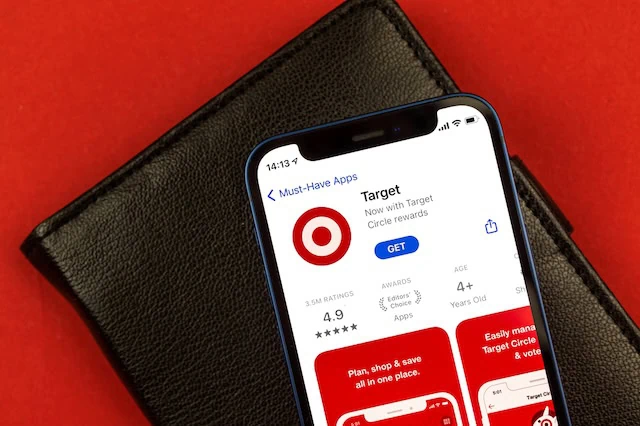
While you want to avoid some Target items, there are still several purchases you may enjoy. The more you shop there, the more sense it makes to join Target Circle.
Target Circle is Target’s free loyalty program, which is accessed through the Target Circle App. Users gain access to:
— A 5% discount on most purchases (exceptions include things like prescriptions and gift cards)
— Special coupons, which are automatically applied upon purchase
— Target Circle Bonuses, which either provide additional savings or earn Target Circle Rewards
— Target Circle Rewards, which can be applied on purchases to reduce the price
— Additional discounts on partner brands’ items, as well as free trials and reward points at other vendors.
The app itself will show you all the items that are currently on sale, as well as bonuses you’ll get that regular shoppers won’t. For example, as I’m writing this, Target Circle is offering me $5 off if I spend $30 on homecare products. Another available deal is $5 off if I spend $40 on one in-store or online purchase.
Speaking of online purchases, I frequently use the app to create orders to pick up inside the store or have put directly in my car’s trunk in the parking lot.
I love this free service for several other reasons. I get free two-day shipping, as well as an extra 30 days to return items. Plus, the app ensures I don’t forget anything on my shopping list, and it makes it easier to price-compare items.
Related: Stop Shrinkflation! 10 Products Affected + Tips to Save Money
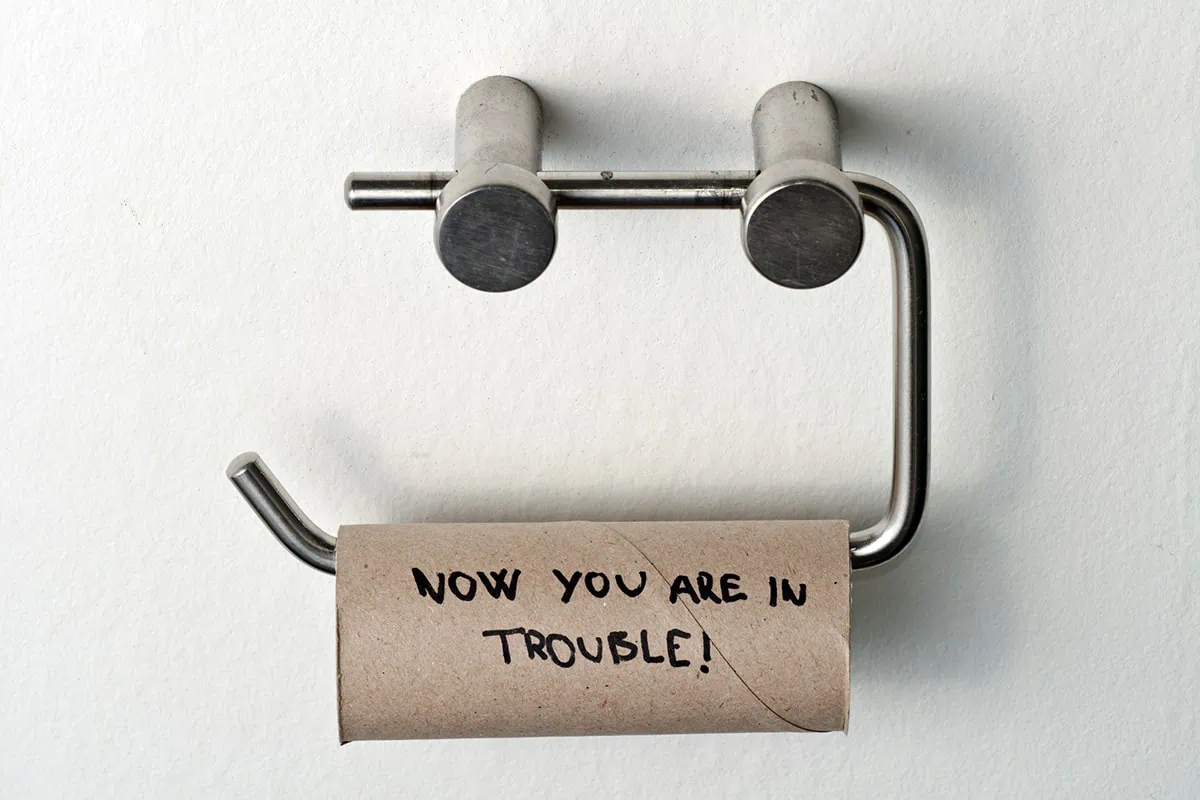
Shrinkflation is the deceptive practice of making products smaller instead of raising costs to cover any rise in the cost of producing that product. We cover several examples of shrinkflation and tips to save money.
Related: 9 Best Monthly Dividend Stocks for Frequent, Regular Income

The vast majority of American dividend stocks pay regular, reliable payouts—and they do so at a more frequent clip (quarterly) than dividend stocks in most other countries (typically every six months or year).
Still, if you’ve ever thought to yourself, “it’d sure be nice to collect these dividends more often,” you don’t have to look far. While they’re not terribly common, American exchanges boast dozens of monthly dividend stocks.
Related: The Best Fidelity ETFs for 2024 [Invest Tactically]
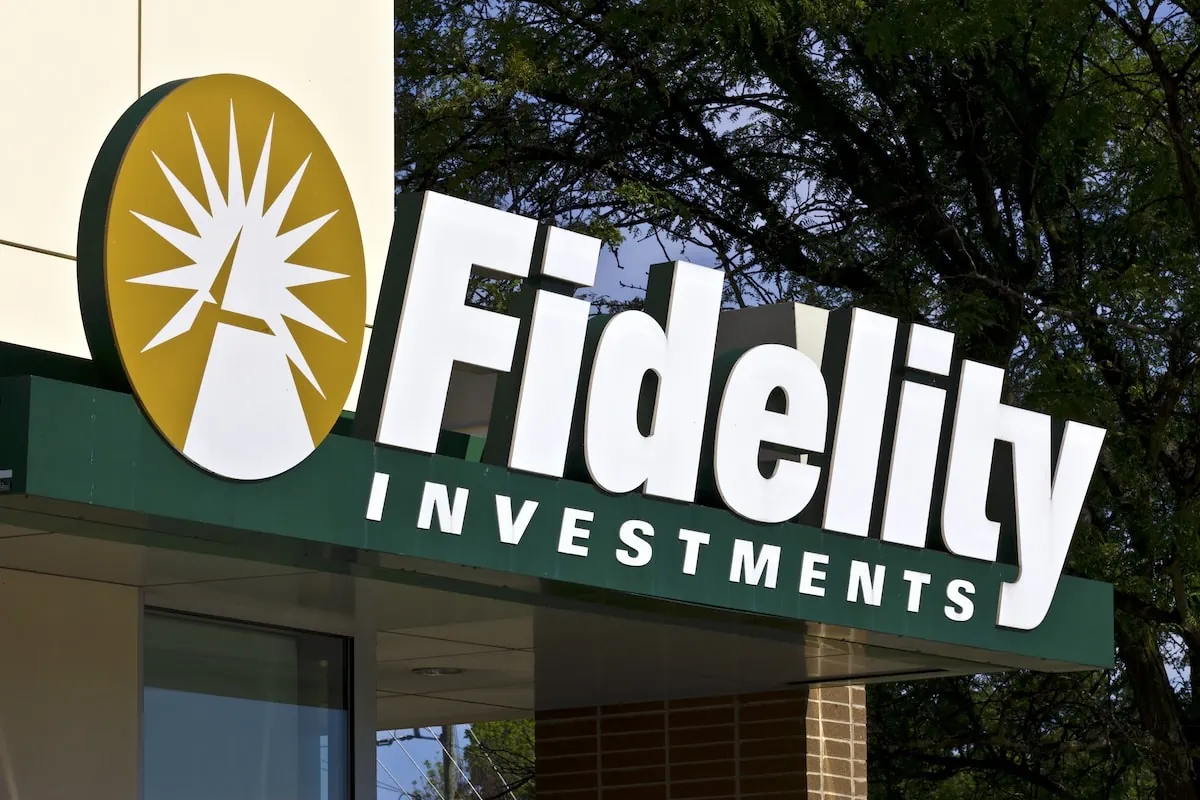
If you’re looking to build a diversified, low-cost portfolio of funds, Fidelity’s got a great lineup of ETFs that you need to see.
In addition to the greatest hits offered by most fund providers (e.g., S&P 500 index fund, total market index funds, and the like), they also offer specific funds that cover very niche investment ideas you might want to explore.
Please Don’t Forget to Like, Follow and Comment

Did you find this article helpful? We’d love to hear your thoughts! Leave a comment with the box on the left-hand side of the screen and share your thoughts.
Also, do you want to stay up-to-date on our latest content?
1. Follow us by clicking the [+ Follow] button above,
2. Subscribe to The Weekend Tea, our weekly newsletter to read more about investing, spending, taxes, and more, and
3. Give the article a Thumbs Up on the top-left side of the screen.
4. And lastly, if you think this information would benefit your friends and family, don’t hesitate to share it with them!




